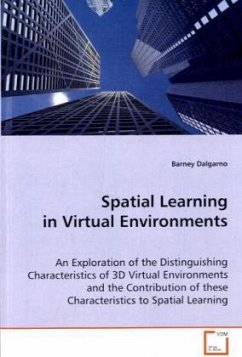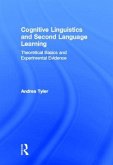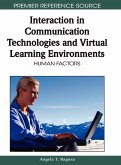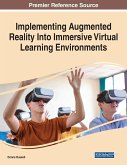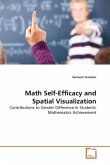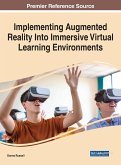Interactive 3D virtual environments have thepotential to engage learners in the exploration,construction and manipulation of virtual objects,structures and metaphorical representations ofideas. However, learning advantages over other typesof multimedia depend on implicit assumptions that amore accurate and complete spatial cognitive modelcan be formed through active user-controlledexploration than from viewing an equivalentanimation, and that animated view changes provideadvantages over static images. The results to date,however, do not clearly support these assumptions.This book, based on Barney Dalgarno's doctoral work,reports on studies exploring the importance ofactive exploration and animated view changes forspatial learning in virtual environments. Theresults indicate that active exploration can providegreater spatial learning than viewing of animations,but only if the task goals during this explorationare aligned with the tested spatial learning. Theresults also suggest that well-chosen static viewsof the environment can in some cases allow theformation of as complete a spatial cognitive modelas animated views.

